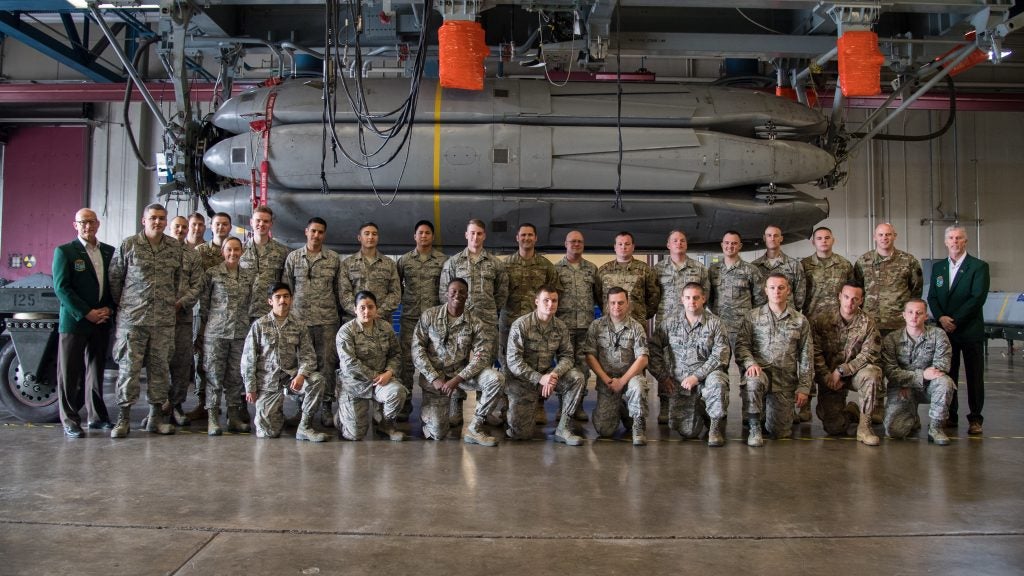CALCM and The Birth of Cruise Missile Diplomacy
In November 2019, the US Air Force retired its inventory of Conventional Air-Launched Cruise Missiles (AGM-86C/D CALCM) which had been in service since 1986. While not particularly well known compared to its naval cousin Tomahawk, its creation marked one of the key transition points between the nuclear dominated cold war and America’s ‘small wars’ in the middle east.
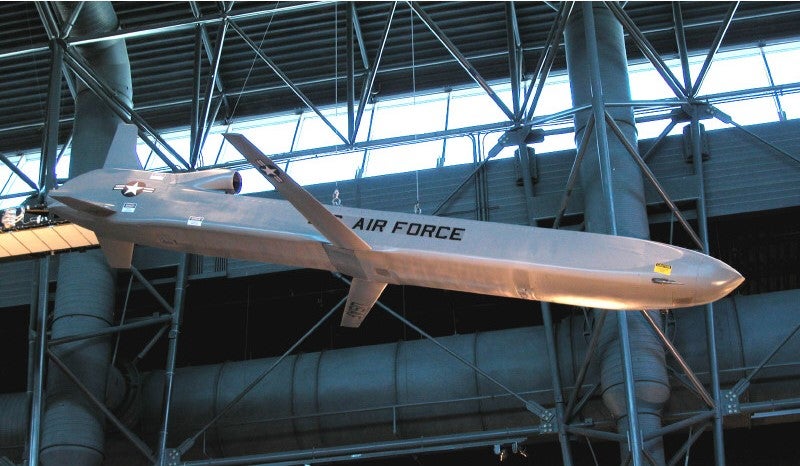
CALCM is unique amongst American weapon systems as it was built first as a nuclear delivery platform then retrofitted into a conventional weapon. By the late 1960s Soviet air defenses had become a daunting obstacle and Vietnam air losses greatly reinforced the fear that the USAF’s heavy bomber fleet wouldn’t survive. In 1968, a solution was seen in the creation of an advanced decoy known as SCAD (Subsonic Cruise Aircraft Decoy) that would lure away missiles by imitating the bomber’s radar signature. The jet-powered miniature aircraft was quite large by decoy standards and had enough space for a nuclear warhead, so naturally, they added one.
Cost overruns would result in SCAD being cancelled, however, the Navy would go on to develop the iconic Tomahawk with very similar cruising capabilities. With a long cruising range and accurate navigation system, Tomahawk could be launched from outside the enemy’s defenses eliminating the need for decoys entirely. In fact, the USAF saw Tomahawk as a threat fearing that Congress would force them to adopt this “winged torpedo” (Tomahawk was designed for launch from torpedo tubes making it unoptimized for aircraft carriage, later it would be found 20 ALCMs would fit in the same place as 14 Tomahawks on a B-52).
In 1974, Boeing was awarded a contract to develop ALCM (Air-Launched Cruise Missile) building on work done in the SCAD program. After a bumpy development, it entered service with the USAF in 1982, as the AGM-86B ALCM, and it became the primary weapon of the B-52 fleet. To ease development costs the two cruise missiles shared an advanced inertial navigation system aided by a radar altimeter that could match changes in terrain contour to an onboard map (TERCOM). This allowed the missile to fly autonomously below hostile radar coverage to a delivery point over 2,400km from its launch.
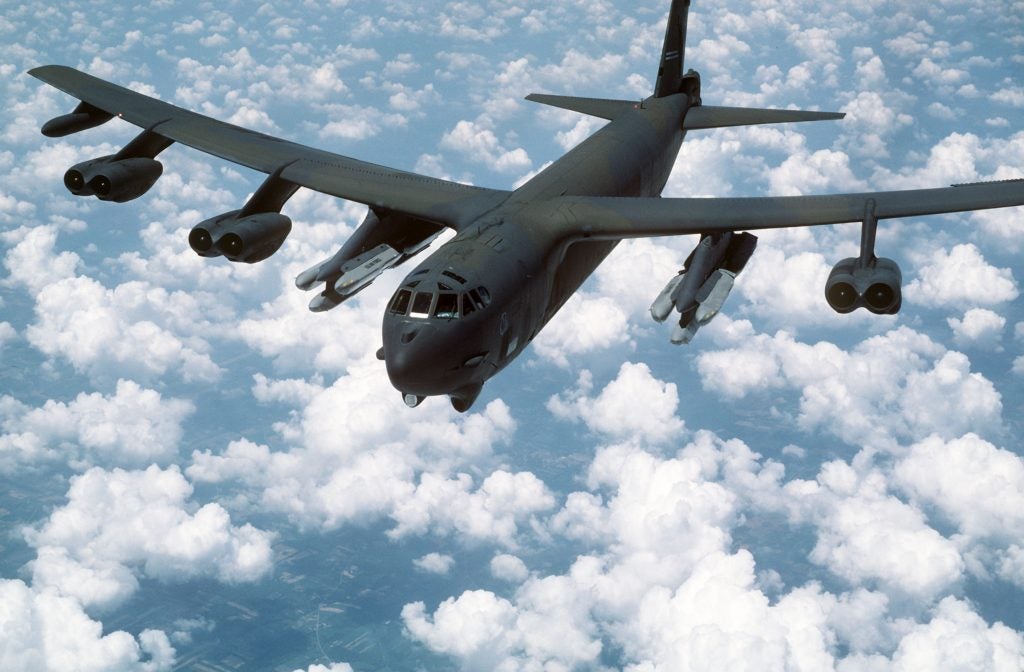
The key differences between the Air Force and Navy desires weren’t just technical, but also mission-related. While the Air Force saw ALCM strictly as a nuclear weapon the Navy developed both conventional and nuclear variants of the Tomahawk in parallel.
From the Navy’s perspective, conventional cruise missiles allowed submarines and surface ships to perform strike missions previously limited to carrier aircraft. This greatly increased naval striking power but the USAF did not share the carrier limitation. Both ALCM and Tomahawk cost close to $3 million each (adjusted to 2020 dollars) and after production was cut in half in 1986 ALCM’s price would jump to $7 million. This was a price the Air Force couldn’t imagine paying for a non-nuclear weapon when manned aircraft could perform the same mission. This understanding would change as the US began its policing operations in the Middle East and with it a policy of aerial punishment.
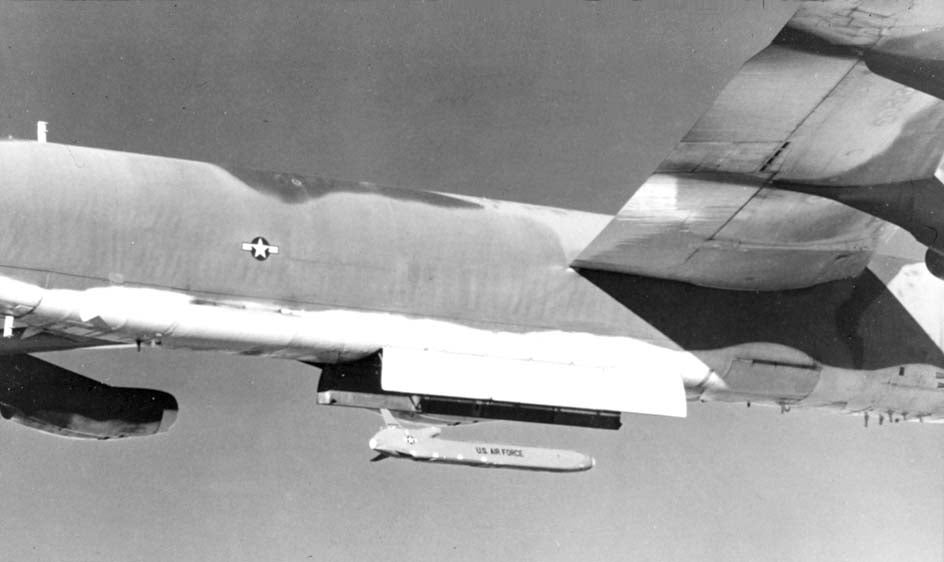
In 1983, during the Lebanese Civil War, a pair of USN F-14s performing a recon flight over Lebanon were fired upon by Syrian SAMs. In retaliation, a group of naval strike aircraft was launched to attack Syrian forces in Lebanon. The attack was not expected to be decisive, more a slap on the wrist to deter further attacks, but during the strike, two USN aircraft were shot down by Syrian defenses with one pilot killed. The death of a pilot on a mission that achieved next to nothing was unacceptable and the usefulness of a weapon that could strike conventional targets without risking pilots became evident. While cruise missiles were expensive this was outweighed by the American public’s intense casualty aversion after the Vietnam experience. The Air Force would learn this same lesson barely a month after the conventional Tomahawk entered service with the Navy in March 1986.
April 1986 saw Operation El Dorado Canyon, another aerial punishment this time against Libya for its support of terrorism after American servicemen were killed at a German nightclub. Both USN and USAF aircraft would participate in battering various Libyan targets including Gaddafi’s own residence. The highly orchestrated operation, involving 45 planes, went almost perfectly, but a USAF F-111 went down into the sea and both crew members perished. Once again, nothing had been substantially achieved besides punishment for bad behavior, and pilots were dead. With this, the USAF grasped the purpose of such a weapon and in June 1986 began converting several ALCMs into CALCMs. This was done by replacing the 150 kt nuclear warhead with 2,000 lb. of explosives which greatly reduced range as the nuke only weighed 300lb. To compensate for the dramatically reduced blast yield, accuracy was improved with the addition of a GPS receiver. In 1986 GPS had barely come online and CALCM would be the first weapon to use this revolutionary technology.
The USAFs first conventional cruise missile would make its combat debut during Operation Desert Storm when 35 were launched from B-52s that had flown all the way from the US (a 35-hour flight). Over its lifespan, around 400 would be used in combat out of 620 converted. CALCM would be overshadowed by Tomahawk which saw dramatically greater use with nearly 2,200 fired in combat. Despite the contrast in operational service, both platforms contributed to the popularization of “cruise missile diplomacy” the increased practice of conducting reprisal attacks in peacetime thanks to safety from personnel loss. The key example is between 1991 and 2003 the US conducted 4 different reprisal attacks in response to Iraq’s uncooperative behavior with regard to nuclear inspections and aggression against non-Sunni Iraqis.
Over 500 Tomahawks and CALCMs (about $4.5 billion in today’s money) would be fired into Iraq despite technically being at peace. The more modern example is Trump’s reprisal attacks in 2017 and 2018 against Assad’s Syria for the use of chemical weapons, together involving 125 Tomahawks. Both in Saddam and Assad’s case, nothing was achieved besides punishment. But without the cost of American life, the US is happy to pay high dollar to illustrate that actions have consequences – even when technically at peace.
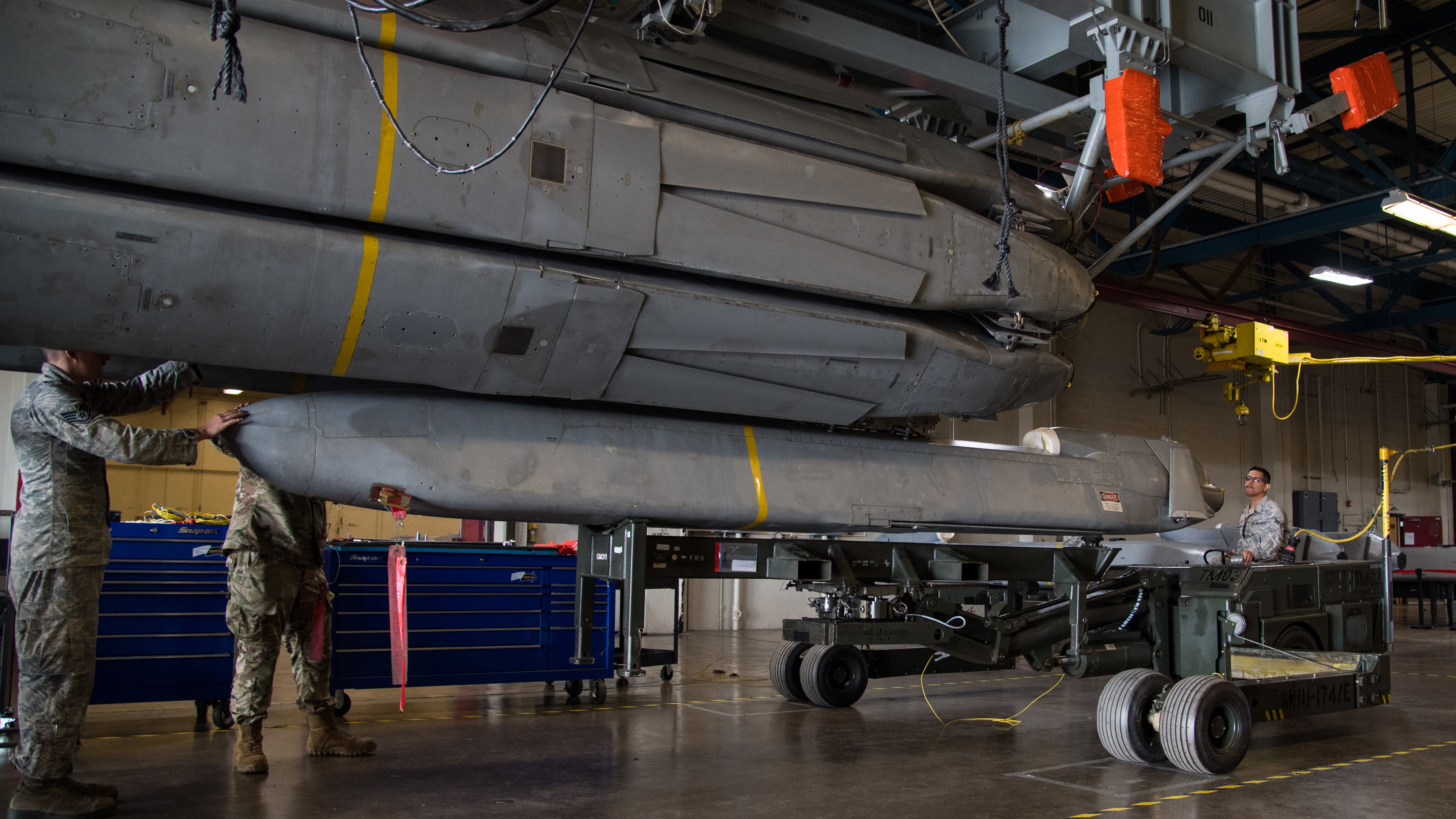
The retirement of CALCM will barely reduce American striking ability as very few remained. These relics of the Cold War are being replaced by JASSM-ER which entered service with the USAF in 2014 and offers similar range performance (~1,000 km) in a smaller package being nearly 400kg lighter and 2 meters shorter in overall length. The reduced profile allows it to be carried by tactical aircraft such as the F-15 and F-35 while CALCM could only be carried aboard B-52s. At the time of retirement slightly over 200 CALCM were still in inventory, compared to 1,600 JASSM-ERs in addition to ~2,000 short-range A model JASSMs. In 2021 the USAF will begin procurement of JASSM-XR which pushes the range close to 2,000 km, a more proper replacement for the long-legged CALCM. Despite the retirement of CALCM the nuclear ALCM will remain in service for another decade or so until it’s replaced by the so-far highly classified Long Range Stand Off Weapon (LRSO).

